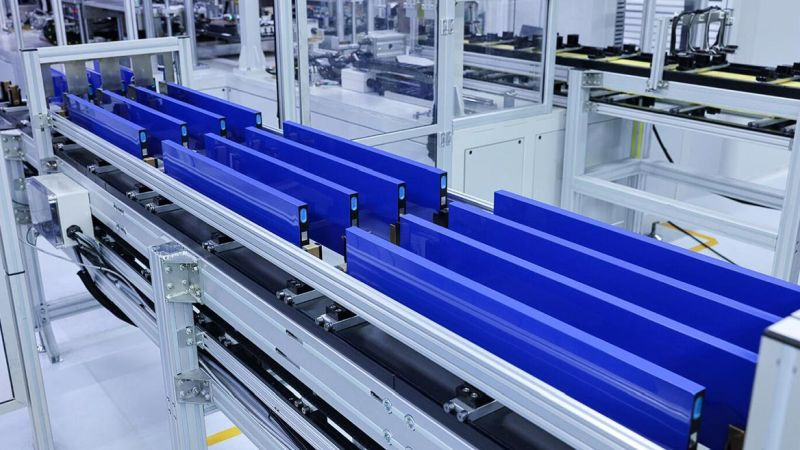While the prospects for solid-state batteries are still far away, Chinese manufacturers are trying to improve the most common lithium-ion iron phosphate (LFP) traction batteries on the market. Geely has developed its own family of Aegis traction batteries in a short design, which, among other advantages, will provide a service life of up to 1 million km.

Image source: Geely, CnEVPost
In turn, as noted by representatives of the Chinese automaker, this will increase the level of consumer confidence in the resource of electric vehicles and will contribute to the development of their secondary market. Batteries of this family have a charge storage density of 192 kW h and an estimated service life of about 3,500 cycles. According to Geely, with an average annual mileage of one privately owned electric vehicle at the level of 20,000 km, such a battery will last for 50 years of operation. The loss of the batteries’ ability to retain a charge will be minimal.
Although Geely cooperates with the same CATL, it developed the Aegis batteries on its own. The shortened case allows them to reduce internal resistance and increase the efficiency of the batteries. Thin carbon fiber nanotubes in these batteries are used to transfer ions, and special coatings for film insulators improve permeability for lithium ions, allowing them to move faster between the electrodes during battery operation. This increases the charging speed of traction batteries. In particular, batteries of this series are able to restore the charge from 10 to 80% in 17 minutes versus 26 minutes for a similar battery with a long case and traditional chemical composition.
In addition, the new batteries lose their residual charge more slowly in cold weather. For example, at minus 30 degrees Celsius, the residual charge of traditional batteries during testing dropped to 79 percent, while the short Aegis battery retained about 90 percent of its residual charge.
Geely specialists have taken a number of measures to improve the safety of these batteries. A high-strength heat-resistant diaphragm was introduced, as well as an additional safety electrode to increase the density of charge storage and protection from emergency situations. The surface of the electrodes has a special coating that prevents short circuits from occurring in the event of mechanical damage to the battery case. During the tests, the latter was subjected to piercing with metal pins, side impacts and friction against a hard surface with high intensity. The battery was heated with flame, kept in salt water and run over by construction equipment weighing 26 tons, not to mention freezing at sub-zero temperatures. Apparently, the developers were satisfied with the results of the extreme tests.
The first to try on batteries of the new family will be the electric crossover Galaxy E5. Geely also has joint ventures with CATL, Farasis Energy and LG Energy Solution, so it can enrich its own competencies in the field of creating traction batteries at the expense of these partners.
